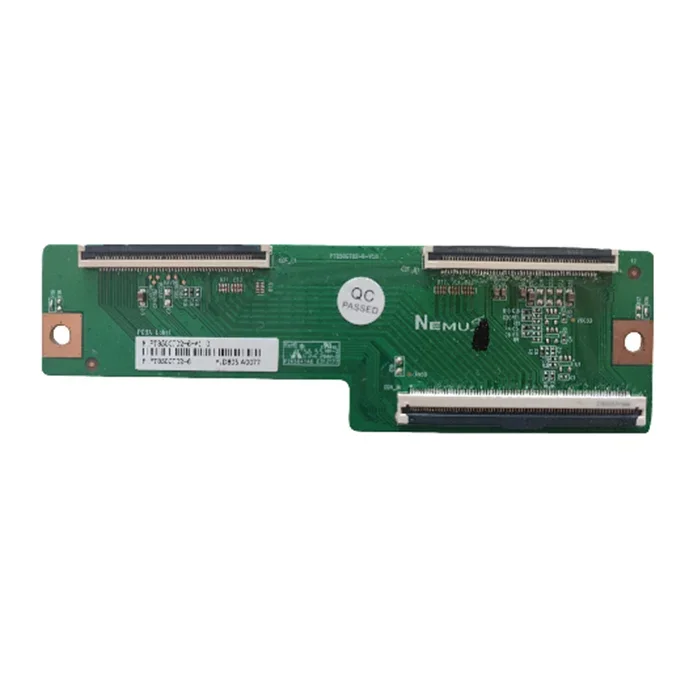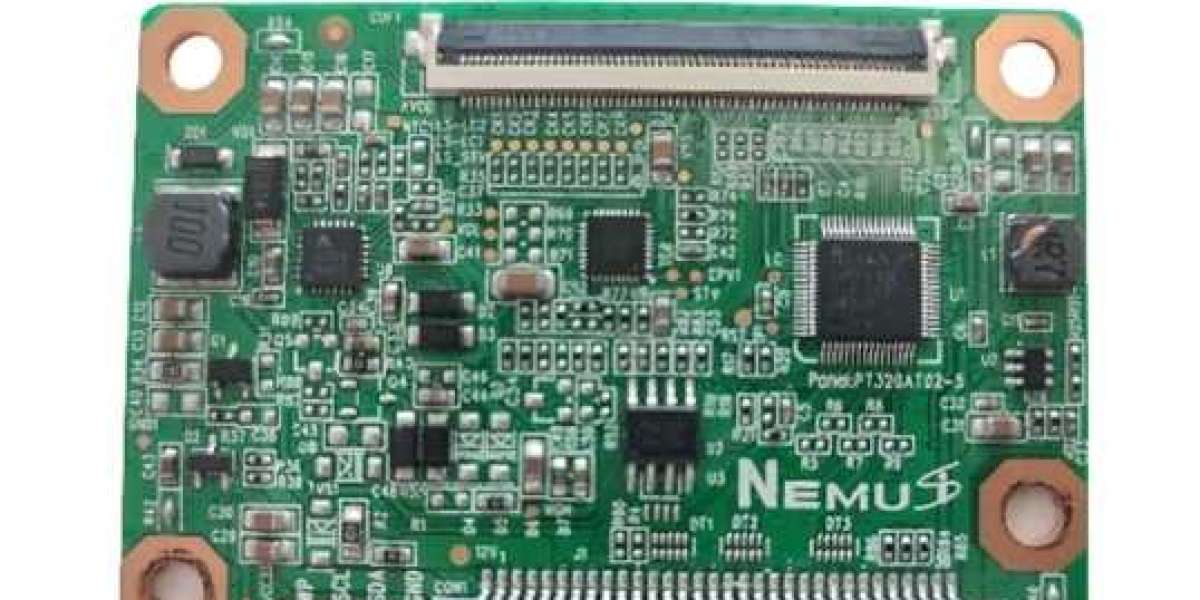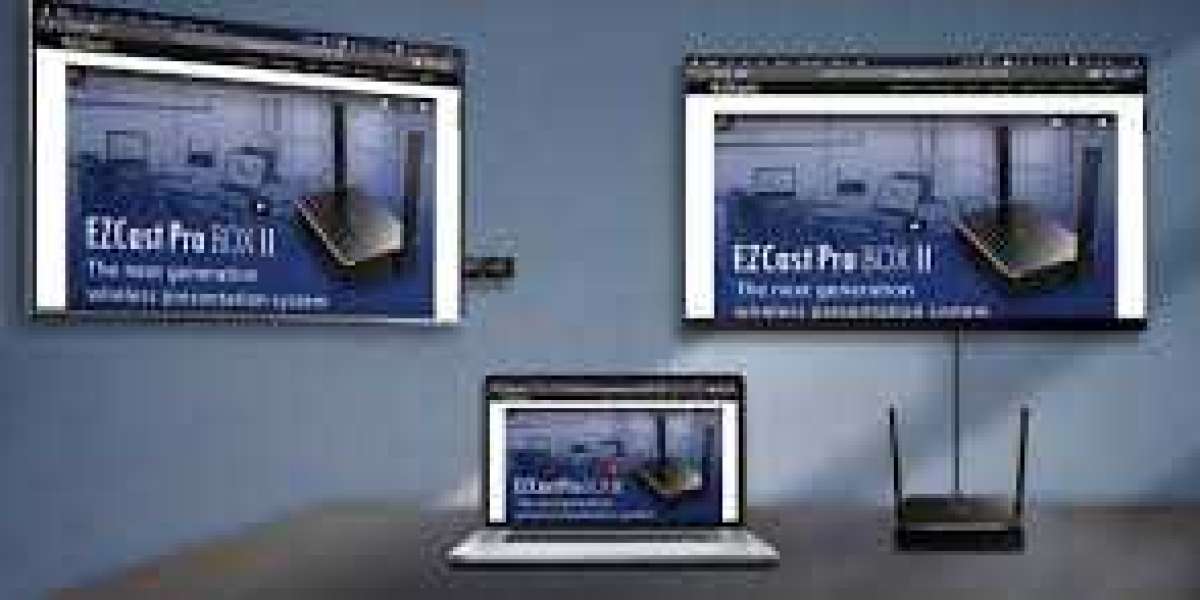In the world of high-definition displays, the 32 Panel HD TCON (Timing Controller) board plays a crucial role in delivering stunning visuals. This article aims to provide a comprehensive understanding of the functionality of the 32 Panel HD TCON board, shedding light on its importance, components, and operation.
I. What is a 32 Panel HD TCON Board?
A. Definition and Purpose
The 32 Panel HD TCON board is a key component in high-definition displays, responsible for controlling the timing and synchronization of the display panel. It acts as an interface between the display panel and the video source, ensuring that the correct signals are sent to the panel to produce accurate and vibrant images.
B. Importance in High-Definition Displays
The 32 Panel HD TCON board is crucial in achieving high-quality visuals on modern displays. It is responsible for managing the pixel data, controlling the backlight, and ensuring accurate color reproduction. Without a properly functioning TCON board, the display may suffer from image artifacts, flickering, and other visual issues.

II. Components of a 32 Panel HD TCON Board
A. Timing Controller Chip
The timing controller chip is the heart of the TCON board. It receives the video signals from the video source and processes them to generate the necessary timing signals for the display panel.
B. Gate Drivers
Gate drivers are responsible for controlling the opening and closing of the gate lines in the display panel. They ensure that the correct voltage is applied to each pixel, allowing for precise control of the display's brightness.
C. Source Drivers
Source drivers control the voltage applied to the source lines in the display panel, determining the color and intensity of each pixel. They convert the digital pixel data received from the timing controller chip into analog signals that can be applied to the display panel.
D. Data Converters
Data converters are responsible for converting the video signals received from the video source into a format that can be processed by the timing controller chip. They ensure compatibility between different video interfaces and resolutions.
E. Power Management Circuitry
The power management circuitry regulates the power supply to the TCON board and the display panel. It ensures that the board operates within the specified power limits and protects against power surges or fluctuations.
III.How Does a 32 Panel HD TCON Board Work?
A. Signal Processing and Timing Control
The timing controller chip processes the incoming video signals, extracting the timing information and synchronizing it with the display panel. It generates the necessary control signals to drive the gate and source lines, ensuring that each pixel is activated at the right time.
B. Pixel Data Transmission
The timing controller chip receives the pixel data from the video source and converts it into a format that can be understood by the display panel. It transmits the pixel data to the source drivers, which then apply the appropriate voltage to each pixel, resulting in the desired color and intensity.
C. Color Management and Calibration
The TCON board is responsible for accurate color reproduction on the display. It applies color correction algorithms to ensure that the colors displayed on the screen are faithful to the original source. Calibration techniques are used to adjust the color settings of the display panel to achieve optimal color accuracy.
D. Backlight Control
In LCD displays, the TCON board controls the backlight, adjusting its brightness according to the content being displayed. This dynamic backlight control improves contrast and energy efficiency, enhancing the overall visual experience.
E. Interface Compatibility
The TCON board supports various video interfaces, such as HDMI, DisplayPort, and VGA. It ensures compatibility between different video sources and resolutions, allowing for seamless connectivity and optimal performance.

IV. Key Features and Specifications
A. Resolution Support
The 32 Panel HD TCON board supports a wide range of resolutions, from standard definition to high definition and beyond. It enables displays to deliver sharp and detailed images, catering to the increasing demand for higher resolutions.
B. Refresh Rate and Response Time
The TCON board plays a crucial role in determining the refresh rate and response time of the display. Higher refresh rates result in smoother motion, while faster response times reduce motion blur, enhancing the overall visual experience.
C. Color Depth and Gamut
The TCON board supports different color depths, allowing for a wide range of colors to be displayed. It also enables displays to achieve a wide color gamut, reproducing vibrant and lifelike colors.
D. Input and Output Interfaces
The TCON board supports various input and output interfaces, ensuring compatibility with different video sources and display panels. It allows for seamless connectivity and flexibility in display configurations.
E. Power Consumption
Efficient power management is a key feature of the TCON board. It ensures that the board operates within the specified power limits, minimizing energy consumption and contributing to the overall energy efficiency of the display.
V. Common Issues and Troubleshooting
A. Image Artifacts and Distortions
Image artifacts, such as ghosting, banding, or pixelation, can occur due to improper signal processing or timing control. Troubleshooting involves checking the connections, updating firmware, or adjusting the display settings.
B. Flickering and Ghosting
Flickering and ghosting can be caused by issues with the backlight control or improper synchronization between the TCON board and the display panel. Troubleshooting may involve adjusting the backlight settings or updating the TCON board firmware.
C. Signal Interference and Noise
Signal interference and noise can result in poor image quality or distorted colors. Troubleshooting involves checking the video cables, ensuring proper grounding, or using shielded cables to minimize interference.
D. Overheating and Power Issues
Overheating can lead to performance degradation or even failure of the TCON board. Proper ventilation and cooling measures should be implemented to prevent overheating. Power issues, such as fluctuations or surges, can also affect the TCON board's performance and should be addressed.

VI. Advancements and Future Trends
A. Higher Resolution and Refresh Rates
As technology advances, displays with higher resolutions and refresh rates are becoming more common. The TCON board will continue to evolve to support these advancements, enabling displays to deliver even more immersive and lifelike visuals.
B. HDR (High Dynamic Range) Support
HDR technology allows for a wider dynamic range of brightness and contrast, resulting in more realistic and vibrant images. The TCON board will play a crucial role in supporting HDR displays, ensuring accurate tone mapping and dynamic backlight control.
C. Integration with AI and Smart Features
The integration of artificial intelligence (AI) into displays opens up new possibilities for enhancing image quality and user experience. The TCON board can leverage AI algorithms to optimize image processing, noise reduction, and upscaling, providing users with a more immersive and personalized viewing experience.
D. Energy Efficiency and Sustainability
Energy efficiency is a growing concern in the display industry. The TCON board will continue to incorporate power-saving features and technologies to minimize energy consumption and contribute to a more sustainable future.
VII. Applications of 32 Panel HD TCON Board
A. Television Displays
The TCON board is widely used in television displays, ensuring high-quality visuals and smooth motion for an immersive viewing experience.
B. Computer Monitors
Computer monitors rely on the TCON board to deliver sharp and accurate visuals, catering to the demanding requirements of professional users and gamers.
C. Digital Signage
Digital signage displays utilize the TCON board to deliver eye-catching visuals and dynamic content, enhancing advertising and information dissemination.
D. Medical Imaging
In medical imaging displays, the TCON board ensures accurate and precise visualization of medical images, aiding in diagnosis and treatment.
E. Automotive Displays
Automotive displays, such as infotainment systems and instrument clusters, rely on the TCON board to deliver clear and vibrant visuals, enhancing the driving experience.

Conclusion
The 32 Panel HD TCON board is an integral component in delivering high-quality visuals on modern displays. By understanding its functionality, components, and operation, we gain a deeper appreciation for the technology behind our favorite screens. From resolution support to color management, this article has covered the essential aspects of the 32 Panel HD TCON board. As advancements continue to push the boundaries of display technology, we can expect further improvements in resolution, HDR support, and integration with AI. With this knowledge, we are better equipped to make informed decisions when it comes to choosing and troubleshooting displays that utilize the 32 Panel HD TCON board.








